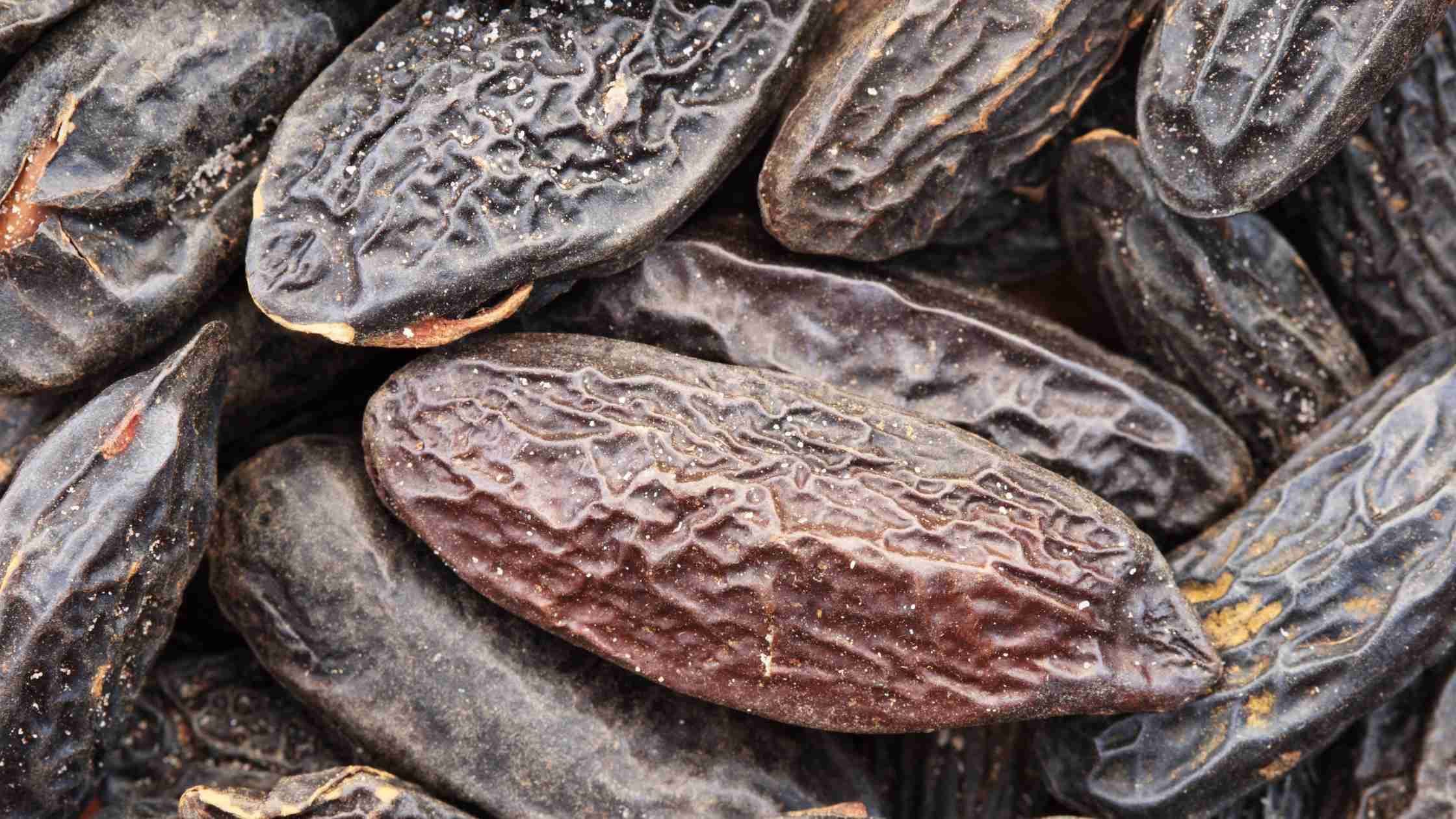The fascinating world of trees deserves to be acknowledged.
Welcome to CCC’s Herbarium: Trees of our forests, a section that will look in depth at some of the most amazing tree species protected through our Native Forest Conservation projects in Latin America.
This monthly series will share relevant information about trees that have inhabited forests for thousands of years, providing us with oxygen and absorbing harmful gases such as carbon dioxide, trees that are unfortunately at risk due to uncontrolled deforestation. Through information, it will be possible to better understand their complexity and the invaluable value they bring to our ecosystem, which is essential for their proper conservation.
We kick off with one of the giants of the Amazon rainforest, the remarkable Cumaru tree, a species present in our Western Amazon REDD+ Grouped project in Brazil
The Cumaru Tree
The Cumaru Tree (Dipteryx odorata) is native to the rainforests of Central and South America, some studies estimate that the oldest specimens could be more than 1,200 years old. This tree can reach 40 m height and its wood is known as “vanilla wood” due to its sweet and spicy aroma. This wood is one of the hardest and most durable in the world and is used for making flooring, furniture, musical instruments, and boats.
But that’s not all, it also has medicinal properties used in traditional medicine to treat various ailments. In addition, Cumaru Trees produce an edible legume called “tonka bean”, used as a spice for desserts and drinks.
However, it’s important to use it in moderation as it contains coumarin, a compound that can be toxic if consumed in large quantities.

Threats to Cumaru Trees
Unfortunately, the increasing popularity of Cumaru wood as a building material and its high value on the market have led to massive loss of natural habitat and a decline in Cumaru populations. Illegal trade and the lack of regulation of the logging cycle have caused environmental and social problems.
Studies have shown that the current logging cycles adopted by the Brazilian government do not allow the Cumaru to recover, causing the loss of biodiversity, destruction of vital habitats for numerous species of flora and fauna, and the use of forced labor and human exploitation.
Protecting Cumaru Trees
Therefore, it’s essential to protect the Cumaru Tree through the conservation of its natural habitats, promoting sustainable harvesting and production practices, and controlling illegal trade. This will ensure the survival of this important species and the conservation of the ecosystem it inhabits, as well as ensuring responsible and sustainable use of its wood and other resources it provides.
The WARG project is committed to safeguarding Dipteryx odorata by conducting continuous forest inventories and promoting a special research project on the auto-ecology and sinology of D. odorata. Additionally, the project will select matrix trees from significant populations to form an in-situ conservation effort and ensure the survival of the species.
Given the threat posed by selective harvesting and habitat degradation, it’s crucial to act urgently to protect the Cumaru Tree and ensure its survival.









